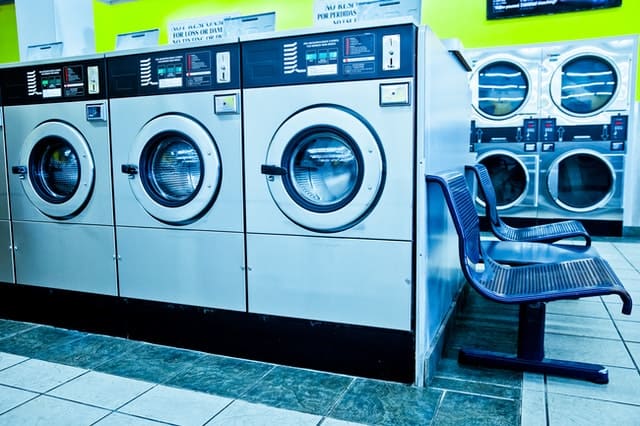Dry cleaning, washing, laundry and pressing are all related processes, but have very different goals. Dry cleaning process is used to clean clothing that cannot be washed in water (e.g., certain types of leather and suede). Laundry is used to clean items that can be washed in water (e.g., sheets, towels, clothing). Pressing is used to smooth out wrinkles on clothes after they have been washed or dry-cleaned. Wash and fold is a laundry service where clothes are washed, dried and folded for you. This article will discuss the differences between these processes in more detail.

What does each process do?
Dry Cleaning
This process removes oily stains from clothing that cannot be washed in water (e.g., certain types of leather). It also removes dirt from clothing made of natural fibers like wool or cotton that cannot be washed in water (e.g., silk). Dry cleaning process can also remove non-oily stains from garments made of synthetic fibers like polyester or nylon that cannot be washed in water (e.g., polyester).
Washing
This process removes oily stains from clothing that can be washed in water (e.g., polyester) or wet cleaning. It also removes dirt from clothing made of natural fibers like wool or cotton that can be washed in water (e.g., silk). Washing or wet cleaning process does not remove oily stains from garments made of synthetic fibers like polyester or nylon that can be washed in water (e.g., polyester).
Dry Cleaning and Washing
These processes are similar to each other and differ only in the type of garment they are used on. Both processes remove oil stains from clothing that cannot be washed in water (e.g., certain types of leather) and remove dirt from clothing made of natural fibers like wool or cotton that cannot be washed in water (e.g., silk). Dry cleaning process removes non-oily stains from garments made of synthetic fibers like polyester or nylon that cannot be washed in water (e.g., polyester), while washing or wet cleaning does not remove non-oily stains from these types of garments.
Pressing
This process is used to smooth out wrinkles on clothes after they have been dry-cleaned or laundered. It is different from ironing because it does not use an iron to smooth out wrinkles. They usually use steam and/or high pressure to smooth out wrinkles.
Wash and Fold
This process is used to clean clothes that can be washed in water (e.g., sheets, towels, clothing). Clothes are usually washed, dried and folded for you. They may be folded in a box or a bag depending on the type of item they are.
Do all of these processes remove stains?

No. Dry cleaning, washing and pressing do not remove stains from garments. Wash and fold removes stains from garments that can be washed in water (e.g., sheets, towels, clothing). Stains can be removed from garments made of natural fibers like wool or cotton by dry cleaning or washing them in water. However, stains cannot be removed from garments made of synthetic fibers like polyester or nylon by dry cleaning or washing them in water because they are oil-based (e.g., ink). These oil-based stains must be removed by dry cleaning instead of washing because the heat and moisture from washing will spread the stain further into the fabric and make it much harder to remove than if it were treated immediately after it happened.
How do I know which process my garment needs?
For many garments, you can choose which process you want by using a care label inside the garment or a care tag attached to the garment’s hang tag. These tags will usually tell you what process the garment needs basing on what it is made of (e.g., washable vs non-washable) and whether it has been pre-treated with any stain repellents or anti-wrinkle treatments (e.g., “dry clean only” vs “washable”).
Other garments will not have a care label or tag attached to them at all. In this case, you can use a few other methods to determine what process the garment needs. The most reliable method is to examine the garment itself and determine what it is made of.
A simple test you can do at home is to put a drop of water on the garment. If the water soaks into the fabric, then it is probably washable. If the water beads up on top of the fabric, then it is probably dry clean only.
A professional cleaner can also examine your garment and tell you which process it needs by examining its construction and materials. Some garments are “washable” but may need to be cleaned in a specific way in order to avoid damaging them or removing their stain repellents or anti-wrinkle treatments (e.g., washable suede).
You should ask your cleaner if they know how to properly clean these garments so that they don’t get damaged or lose their stain repellents or anti-wrinkle treatments.
Handywork is an online platform where you will find the best laundry and dry clean services to help you with your household laundry. Handywork provides top service providers, so you don’t have to worry about their quality.
